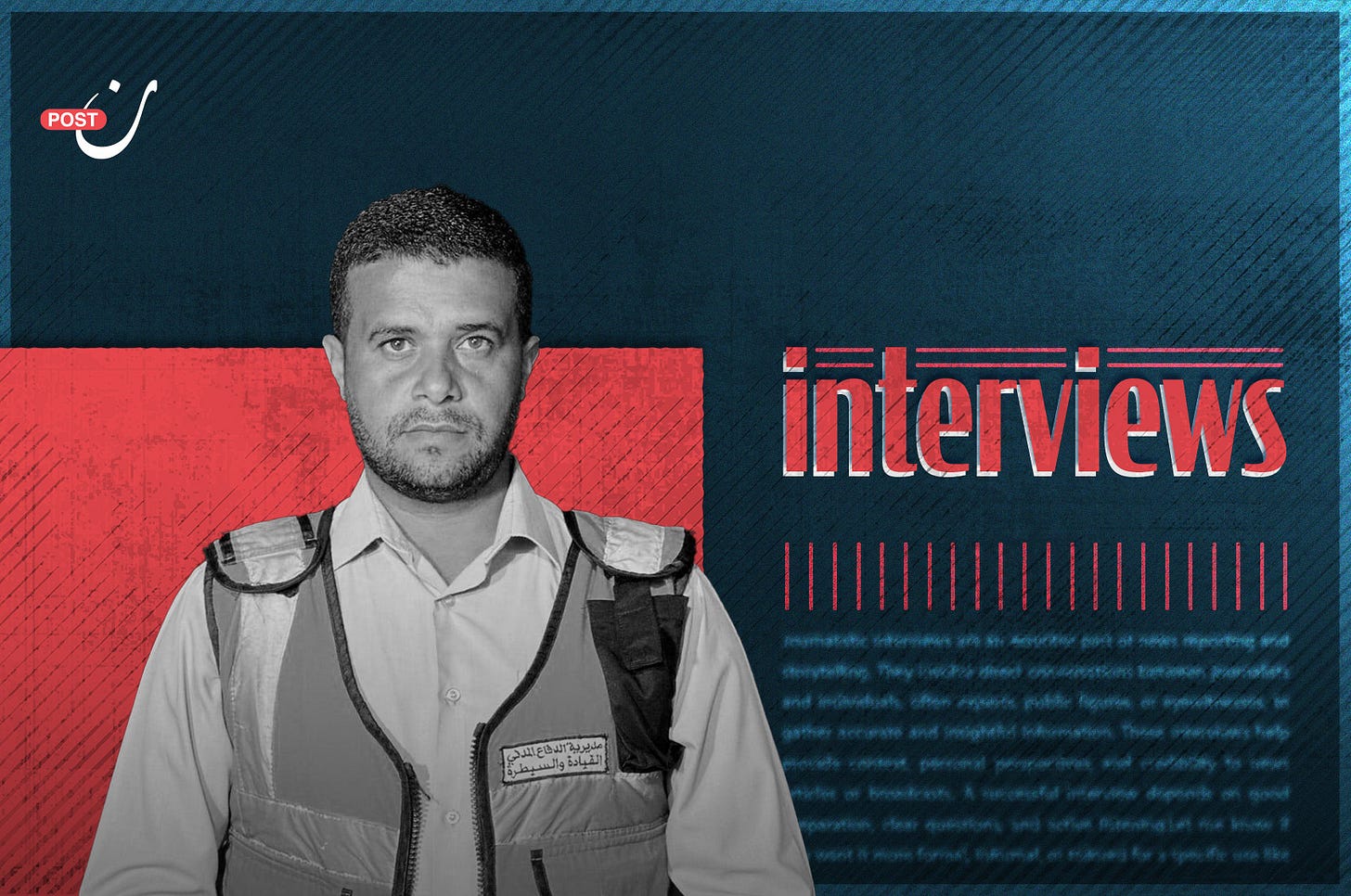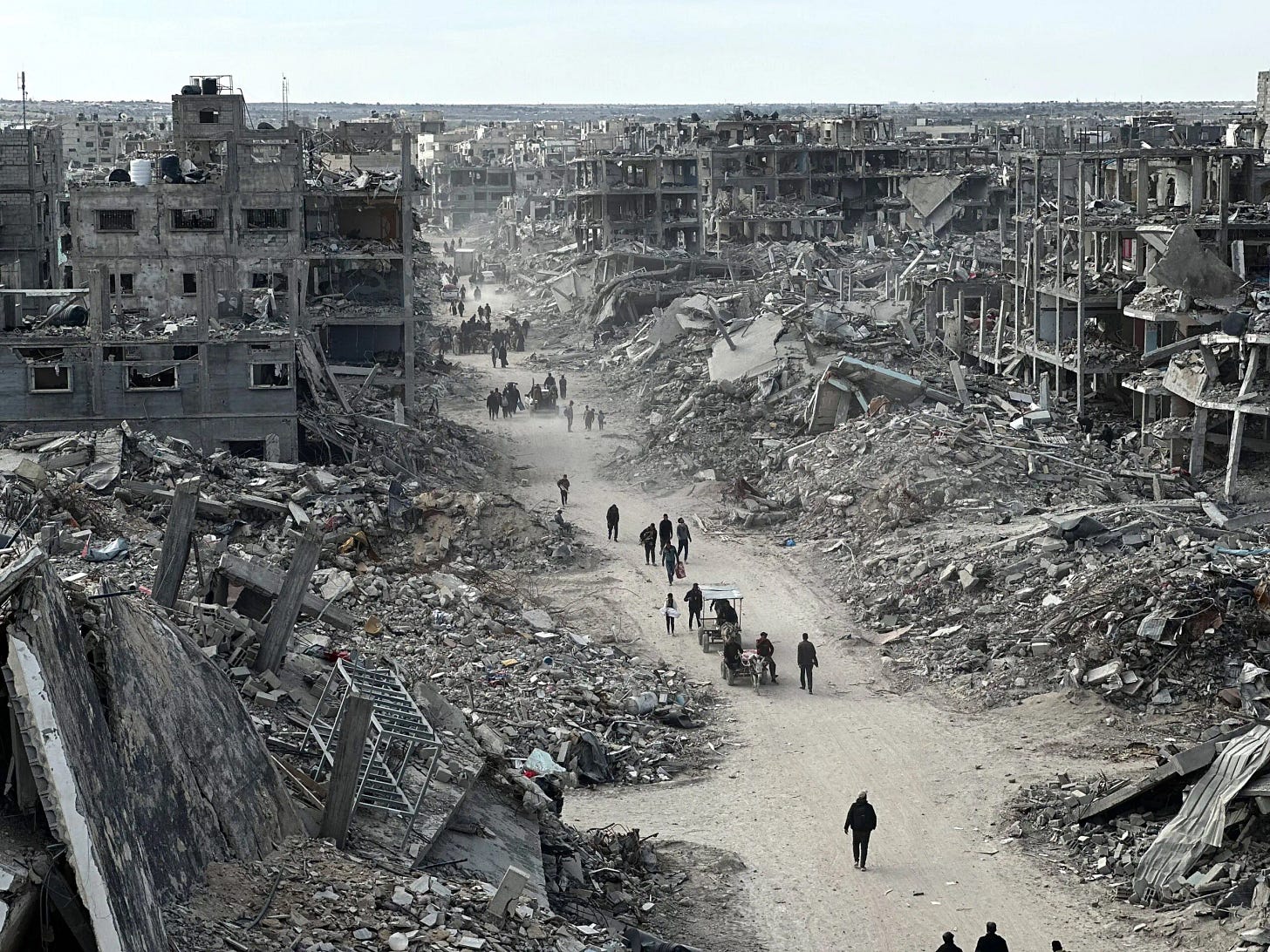Since the very onset of the war on the Gaza Strip, Israeli warplanes have relentlessly targeted civil defense and ambulance crews—killing, detaining, or disabling the vehicles used to transport the wounded to hospitals. The Israeli military is acutely aware of the crucial role these teams play—not only in saving lives but also in exposing the falsehoods used to justify its repeated massacres of civilians.
"Sadly, the wounded will remain trapped beneath the rubble."
This is a phrase often repeated by Gaza’s civil defense teams, who, due to their severely limited resources, are frequently unable to rescue the injured or retrieve the dead after each bombardment.
On a daily basis, mass killings are justified under the pretense of targeting a senior resistance figure. Yet when civil defense teams arrive at the strike sites, they find only civilian casualties—mostly women and children, with no trace of any military or political leaders.
Recently, Israel has intensified its targeting of rescue personnel, culminating in what has become known as the "Medics Massacre," in which approximately 15 team members were lured to a strike site and then killed in cold blood.
In this context, Noon Post conducted an exclusive interview with Mahmoud Basal, spokesperson for the Gaza Civil Defense, to discuss the growing threats facing rescue teams, the realities on the ground amid increased direct targeting, and how the severe shortage of resources is impacting their ability to save lives.
Israel is targeting civil defense personnel and detaining them. How is this affecting your ability to continue operations during the war on Gaza?
Targeting Gaza’s civil defense teams has become a norm—not an exception. We’re talking about 111 civil defense personnel killed simply for carrying out humanitarian work to save civilian lives.
The latest such crime was in Rafah. These attacks leave deep psychological scars, yet we persist in our mission. We will not stop, despite the harrowing and tragic conditions.
We face numerous challenges, the most pressing being the acute shortage of equipment and vehicles. As for our personnel, they remain committed and are carrying out their duties in the field tirelessly.
How has the targeting of your facilities affected your emergency response time?
Prior to the war, “rapid response” was a sacred principle for us. But that concept has been turned on its head. The scale of the crisis, the lack of equipment, the spread of danger zones, and the direct targeting of our teams have all drastically undermined the quality of service we can provide.
If a strike occurs in a certain area today, we may not be able to reach it quickly. This delay can cost more lives, especially when civilians are trapped under rubble in conditions that resemble tombs—harsh and unbearably cruel.
Every passing moment is a matter of life or death, yet the challenges are massive, and our ability to respond is extremely limited. Over 85% of our capabilities and resources have been destroyed by Israeli aggression. Our current response capacity pales in comparison to the scale of devastation and what can only be described as genocide.
The Medics Massacre: Are you concerned such attacks could happen again?
Absolutely. We fear this horrific scenario will repeat itself. The Israeli military has shown no hesitation in targeting and killing rescue personnel. How many journalists have been killed? Countless. Just days ago, another tragedy occurred at Nasser Hospital where several journalists lost their lives.
Israel respects no red lines. The violations are blatant and egregious. Unless there is a decisive international stance, we expect the crimes to continue.
If the international community, human rights organizations, and humanitarian agencies rise to their responsibilities, we might be able to curb or at least limit these atrocities. But in the absence of accountability—as in the case of Hind Rajab’s killing, or the strikes on Gaza’s industrial zone where a Red Crescent official was killed, or the killings in Rafah—without justice, the danger will persist, and such massacres are likely to continue with severe humanitarian consequences.
What are the key risks and challenges you face when trying to reach victims?
There are far too many challenges. Chief among them are the remnants of bombs and munitions left behind after each strike, which pose a serious threat to our teams. Secondly, we have no protective status. Any civil defense worker can be targeted at any moment—either directly, by striking our vehicle, or by bombing the team altogether. This is a constant risk we face.
One of the most difficult situations is receiving a distress call after an airstrike and not being able to respond—either due to a fuel shortage or a vehicle breakdown, which happens frequently.
Sometimes we have no choice but to walk to the bombing site—an illogical and unsafe approach, but an essential one. We cannot leave the dead and wounded buried beneath the rubble without trying to rescue or recover them.
How does the lack of resources affect your fieldwork?
The impact is severe. When a multi-story building is hit—and people are often still alive beneath the wreckage—we’re often completely powerless to help. We lack the heavy equipment needed to remove concrete and debris.
In many cases, all we can do is hear the cries of those trapped beneath the rubble, without any means to reach or save them. We hear their pleas… until the voices fall silent. And then they’re gone. We've faced this tragic scenario thousands of times—it’s one of the most heartbreaking things a rescuer can experience.
How do you continue operating amid ongoing airstrikes and constant danger?
We are driven by a profound sense of moral and humanitarian duty to our people. When the mass displacement from northern Gaza to the south occurred, we received direct threats and orders to evacuate. But we stayed—because we believe in the justice and humanity of our cause. We could never abandon our people in such a catastrophe.
Our role is to serve the public and save lives. It’s a duty we won’t abandon, no matter the cost. We will continue our humanitarian mission—even if conditions are dangerous, even if we are under threat every moment. There is no real safety, but our belief in our mission keeps us going.
Are there areas you consider “off-limits” or too dangerous to enter? How do you handle such situations?
Yes, there are areas the Israeli military classifies as “red zones” or high-risk, based on maps they occasionally release. But if we adhered strictly to these maps, we’d never be able to reach victims or save anyone.
We rely mainly on on-the-ground assessments. If a strike occurs in a certain area, we evaluate the situation. If there is relative calm, we cautiously proceed—minimizing risk where we can.
If the area is highly dangerous but requires urgent intervention, we try to coordinate through the International Committee of the Red Cross to obtain Israeli clearance. Unfortunately, most of these requests are denied.
When coordination fails, we make a careful judgment call. For instance, if Israeli forces are about 500 meters away, we might decide to enter while taking all possible precautions—wearing internationally recognized orange uniforms and using marked ambulance vehicles.
Have you received specialized training for dealing with mass casualty incidents or building collapses?
Since 2006, we have not been able to travel to neighboring countries for specialized training, due to repeated rejections from various parties. Nonetheless, we’ve built extensive experience on the ground.
We’ve endured multiple wars, and those experiences have taught us how to handle mass bombings, collapsed buildings, and the recovery of victims from beneath the rubble.
The war that began on October 7 has been a crash course like no other. We’ve faced extraordinary scenarios—such as a single house containing more than 100 people buried under debris.



